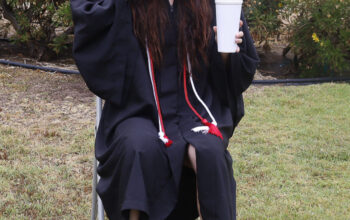A two-tier system that allows California community college officials to charge more than $200 per unit for additional high-demand classes will do little to affect the imbalance between the number of classes offered to the thousands of students enrolled.
The so-called two-tier legislation, AB-955 Community colleges: intersession extension programs, was signed into law by Gov. Jerry Brown on Oct. 10. It is a pilot program that creates more expensive general education classes during the winter and summer intersessions through Jan. 1, 2018. It will affect six colleges outside the Los Angeles Community College District (LACCD).
California residents currently pay $138 for a three-unit class. However, if the system is applied to Pierce College, students would have to pay $708. Similarly, for a five-unit class, $230 would increase to $1,180. The amount of money a student has should not be the deciding factor in determining who gets into an English 101 class.
Eloy Ortiz Oakley, superintendent-president of Long Beach Community College heavily promoted the concept of AB-955 and LBCC will be the first school to implement it.
Depending on the results of the trial program, the state could push the policy to all its community colleges. So, even though Pierce is not affected yet, it could be enticed to follow.
While the policy adds self-sufficient classes to colleges that voluntarily participate, it unfairly singles out students with the money to afford them.
Two-thirds of the money collected from this legislature will go toward supporting the additional classes, while the rest goes to studentfinancial aid.
Though a majority of students at Pierce receive financial aid — there were 31,906 applications filed in 2012-13, according to Financial Aid Director Anafe Robinson — and could probably pay the fee if needed, it would take away money that could be spent on necessities like expensive textbooks and food.
Creating new classes isn’t necessarily the best solution for the scarcity of general education classes in California community colleges. Instead of making students pay more for these extra classes, school officials should focus on the improving access to existing low tuition classes.
Also, the law isn’t an effective way to regulate the number of hopeful students who persistently stand outside general education classes by the hundreds and disrupt lectures on the first days of school.
The creators and supporters behind the two-tier law mean well, but to truly solve the problem of a lack of classes, a more thought-out regulation is needed.


